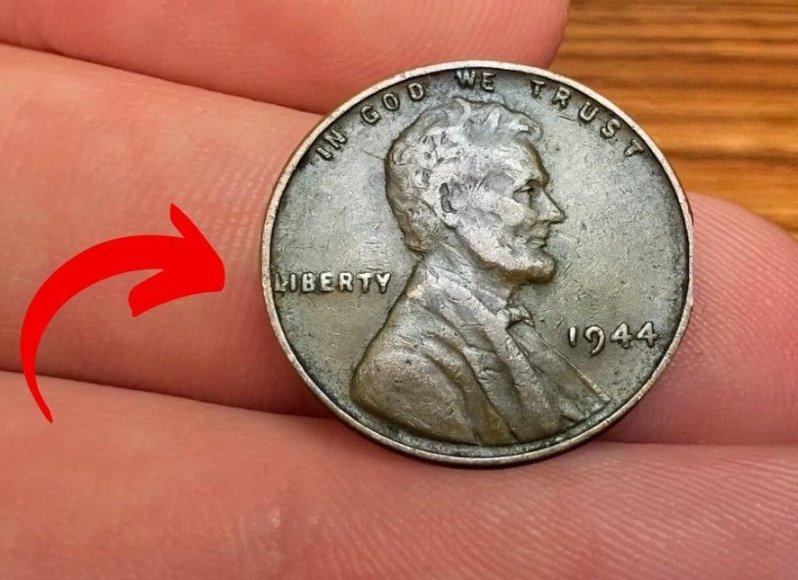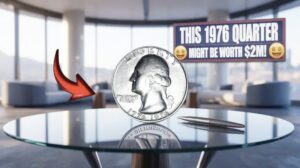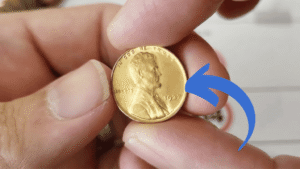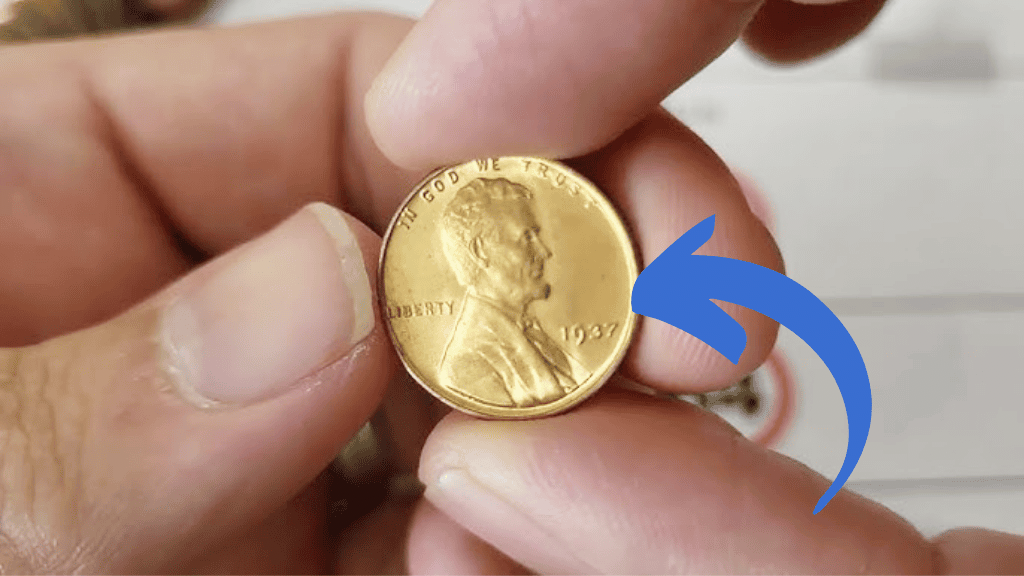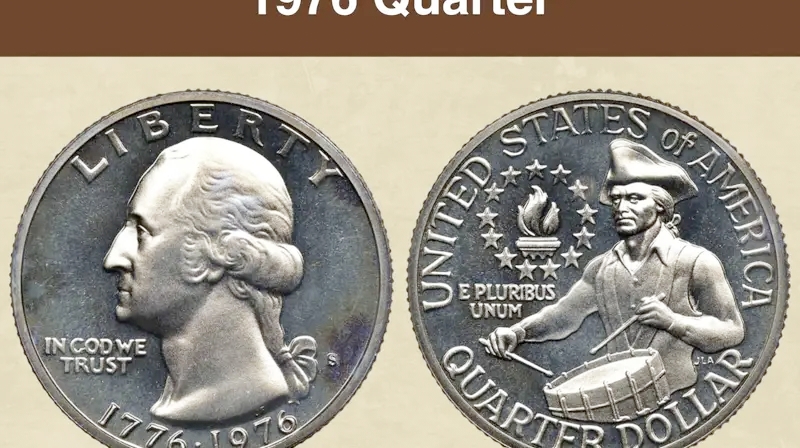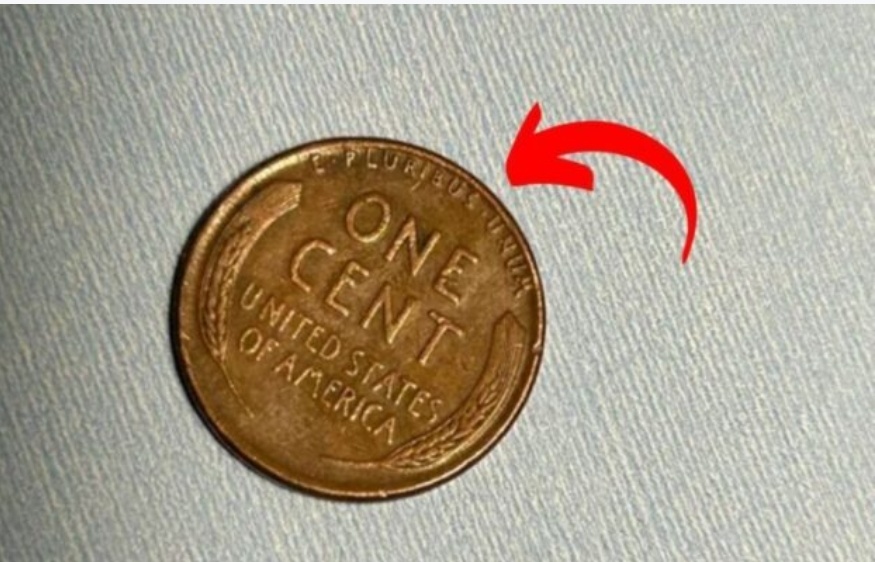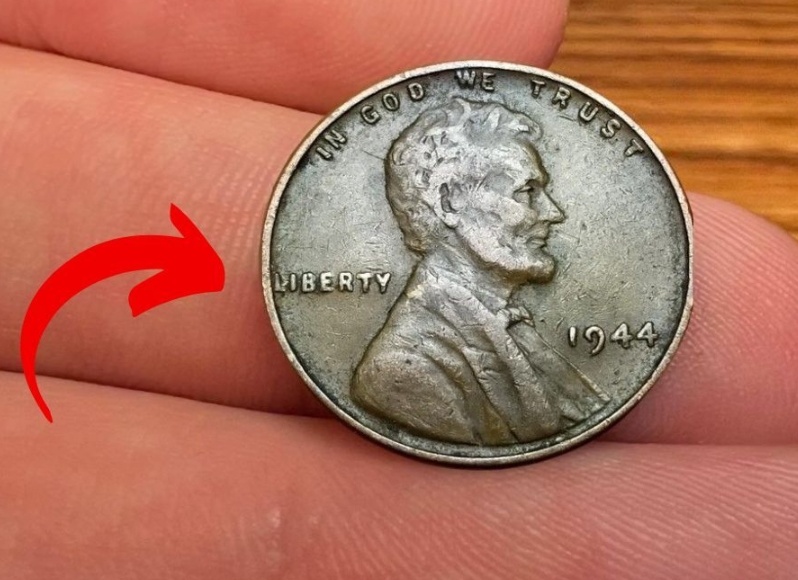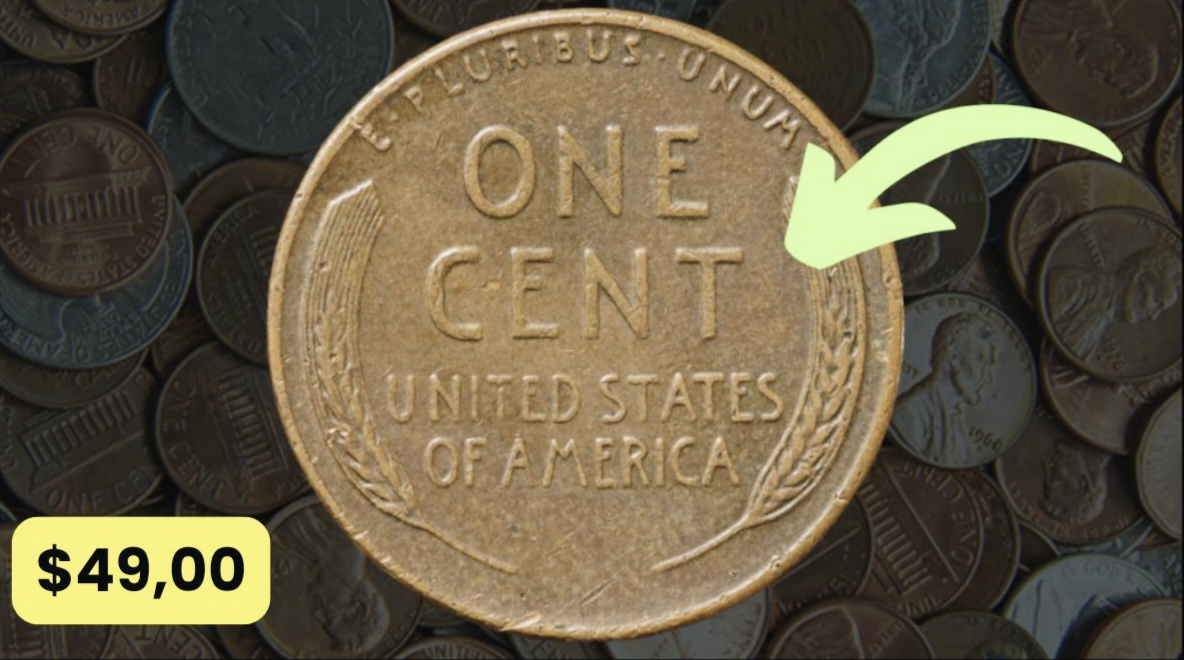The Lincoln Wheat Penny Valued at $14 Million: Is It Still in Circulation?
Imagine finding a penny in your pocket change worth $14 million. Sounds like a fairy tale, right? But the Lincoln Wheat Penny, a small coin minted over a century ago, has some rare versions that could turn this dream into reality. One such penny, rumored to be worth millions, might still be hiding in circulation. In this article, we’ll dive into the fascinating story of this valuable coin, explore its history, and share tips on how to spot one. Whether you’re a coin collector or just curious, let’s uncover the treasure that could be in your change jar!
What Is the Lincoln Wheat Penny?
The Lincoln Wheat Penny, also known as the Lincoln Cent, was first minted in 1909 to celebrate the 100th anniversary of President Abraham Lincoln’s birth. Designed by sculptor Victor David Brenner, it was the first U.S. coin to feature a real person’s portrait. The obverse (front) shows Lincoln’s profile, while the reverse (back) displays two wheat stalks, giving it the “Wheat Penny” nickname. These coins were produced until 1958, when the Lincoln Memorial design replaced them.
Most Wheat Pennies are worth just a few cents, but certain rare editions, especially those with minting errors, can fetch astronomical prices. The buzz about a $14 million penny stems from one of the rarest: the 1943 Copper Lincoln Wheat Penny.
Why Is the 1943 Copper Penny So Valuable?
During World War II, copper was critical for the war effort, so the U.S. Mint switched to making pennies from zinc-coated steel in 1943. However, a few copper planchets (blank coins) from 1942 were accidentally used, creating a handful of copper pennies that year. These minting errors are among the rarest coins in U.S. history.
Only about 40 authentic 1943 Copper Pennies are known to exist, with even fewer in pristine condition. In 2010, one sold at auction for $1.7 million, and experts estimate a mint-state version could be worth up to $14 million today due to rising
A Real-Life Treasure Hunt
In 1947, a teenager named Don Lutes Jr. found a 1943 Copper Penny in his change after buying lunch at his high school cafeteria. He kept it for decades, unaware of its true value. After his death in 2019, the coin was auctioned for $204,000, with proceeds donated to a local library. Stories like this fuel the excitement that a multi-million-dollar penny could still be out there, waiting to be discovered.
Is the $14 Million Penny Still in Circulation?
While claims of a $14 million Lincoln Wheat Penny in circulation are speculative, it’s not impossible. Unlike rare coins quickly snapped up by collectors, these pennies circulated for years before their value was recognized. Some may still be tucked away in coin jars, old piggy banks, or even pocket change.
However, exaggerated valuations like $999 million or $1.45 billion, as seen in some online articles, lack evidence and are likely clickbait. Numismatic Guaranty Corporation (NGC) experts estimate the highest realistic value for a 1943 Copper Penny in mint condition is around $10–14 million, based on past sales and market trends.
Other Valuable Wheat Pennies to Watch For
The 1943 Copper Penny isn’t the only Wheat Penny worth a fortune. Here are other rare editions collectors seek:
- 1909-S VDB Penny: Only 484,000 were minted, with the designer’s initials “VDB” on the reverse. Worth up to $100,000 in good condition.
- 1914-D Penny: A low-mintage coin from the Denver Mint, valued at $30,000+ in fine condition.
- 1922 No “D” Penny: A minting error missing the Denver Mint mark, fetching thousands.
- 1955 Doubled Die Penny: Features doubled lettering, valued at $1,000–$2,000.
How to Identify a Valuable Lincoln Wheat Penny
Ready to check your change? Here’s how to spot a potential treasure:
- Check the Date: Look for 1943, 1909-S VDB, 1914-D, or 1922 (no “D”).
- Test with a Magnet: A 1943 penny that doesn’t stick to a magnet could be copper, not steel.
- Examine Mint Marks: Look for “S” (San Francisco), “D” (Denver), or no mark (Philadelphia) under the year.
- Inspect for Errors: Check for doubled lettering or missing mint marks.
- Assess Condition: Coins in mint state (no wear, original luster) are worth more.
Pro Tip: Never clean your coins! Cleaning can scratch the surface and reduce value. Store them in protective capsules or plastic cases.
Table: Top 5 Valuable Lincoln Wheat Pennies
| Year | Mint Mark | Rarity Factor | Estimated Value |
|---|---|---|---|
| 1943 | D | Copper instead of steel | $1.7M–$14M |
| 1909-S | VDB | Low mintage (484,000) | $50,000–$100,000 |
| 1914-D | D | Low mintage (1.2M) | $30,000–$150,000 |
| 1922 | No “D” | Minting
Related Post |

